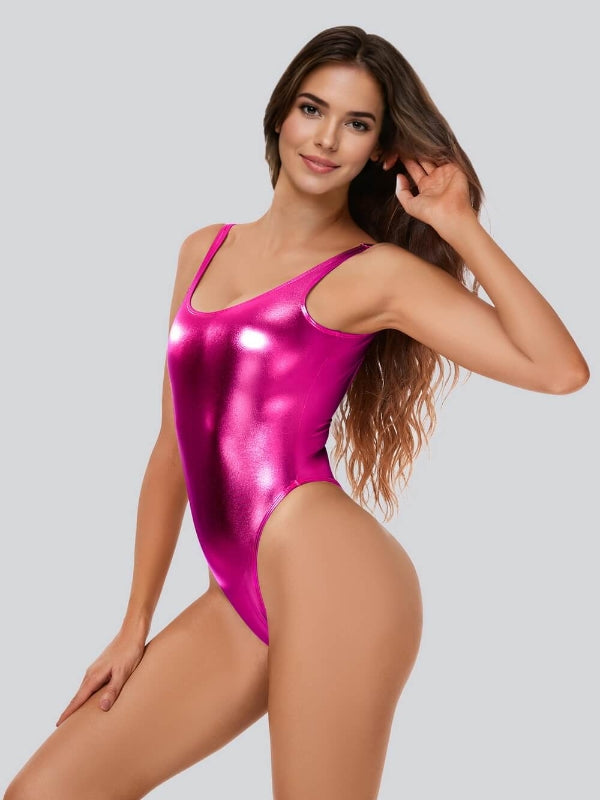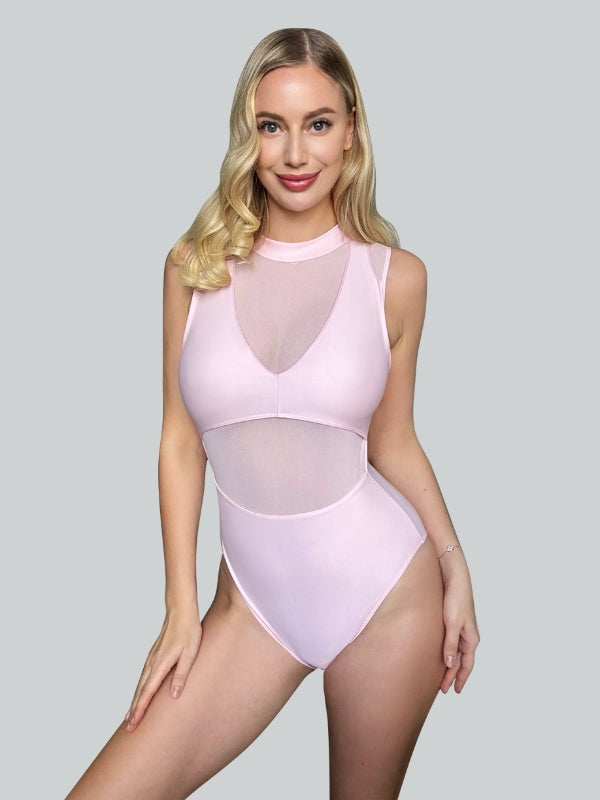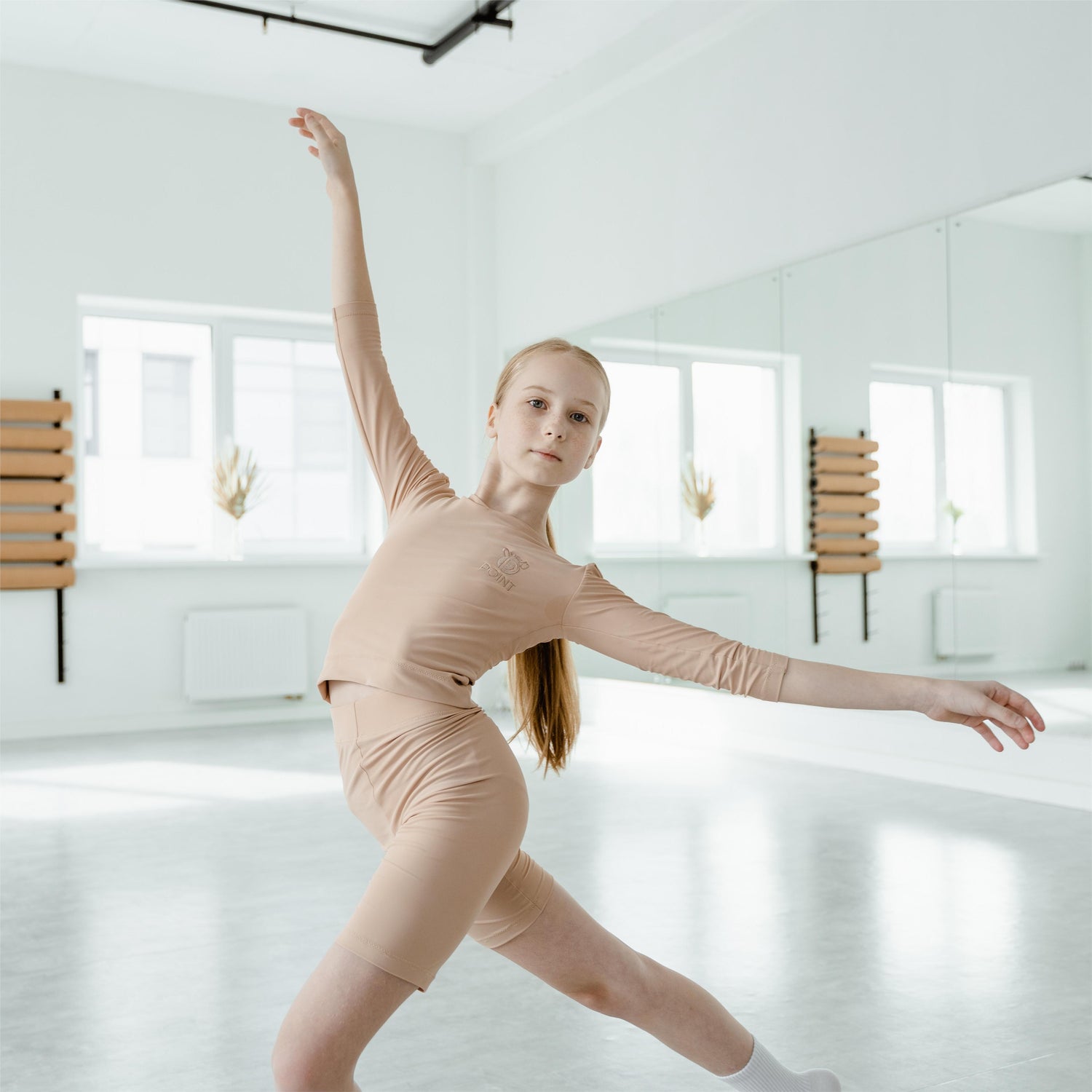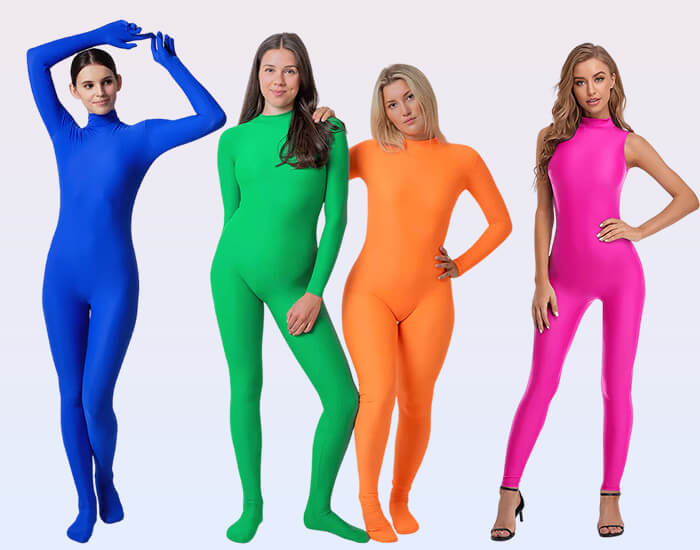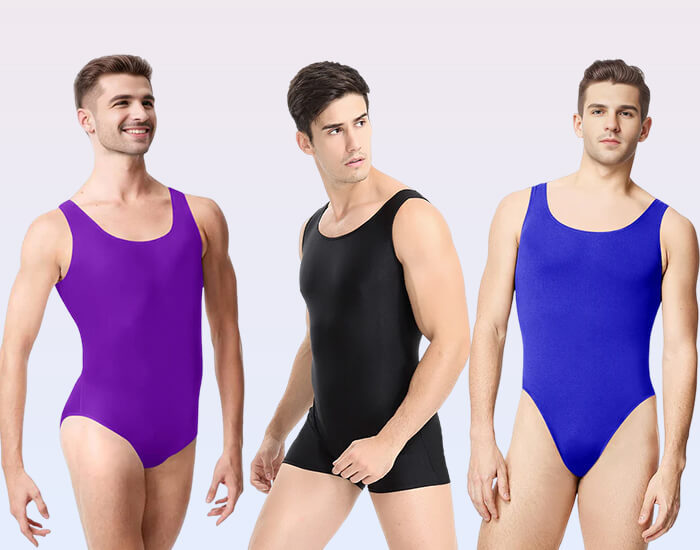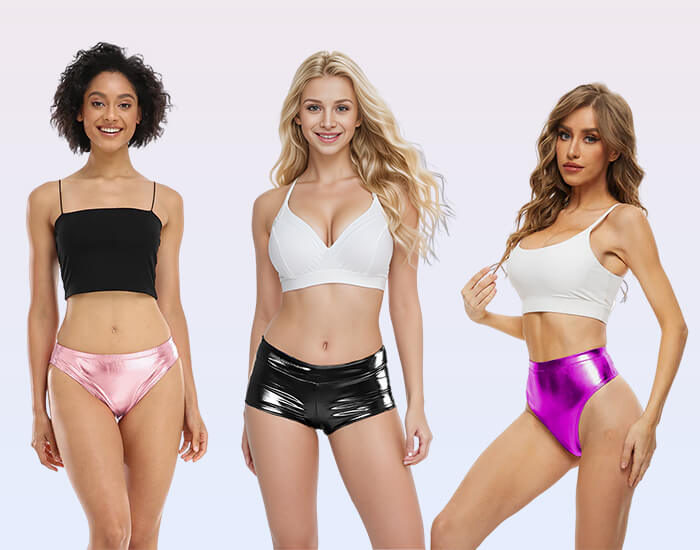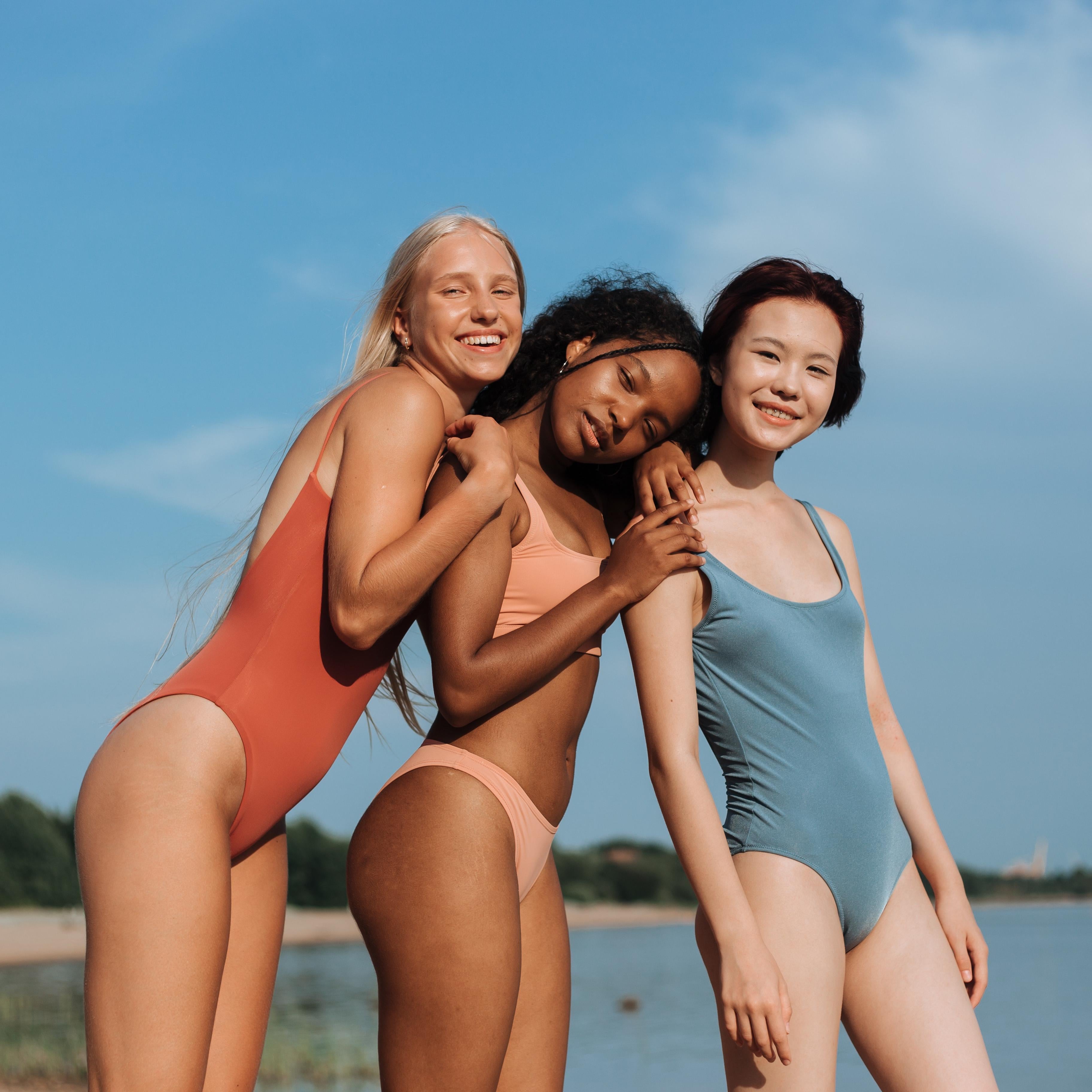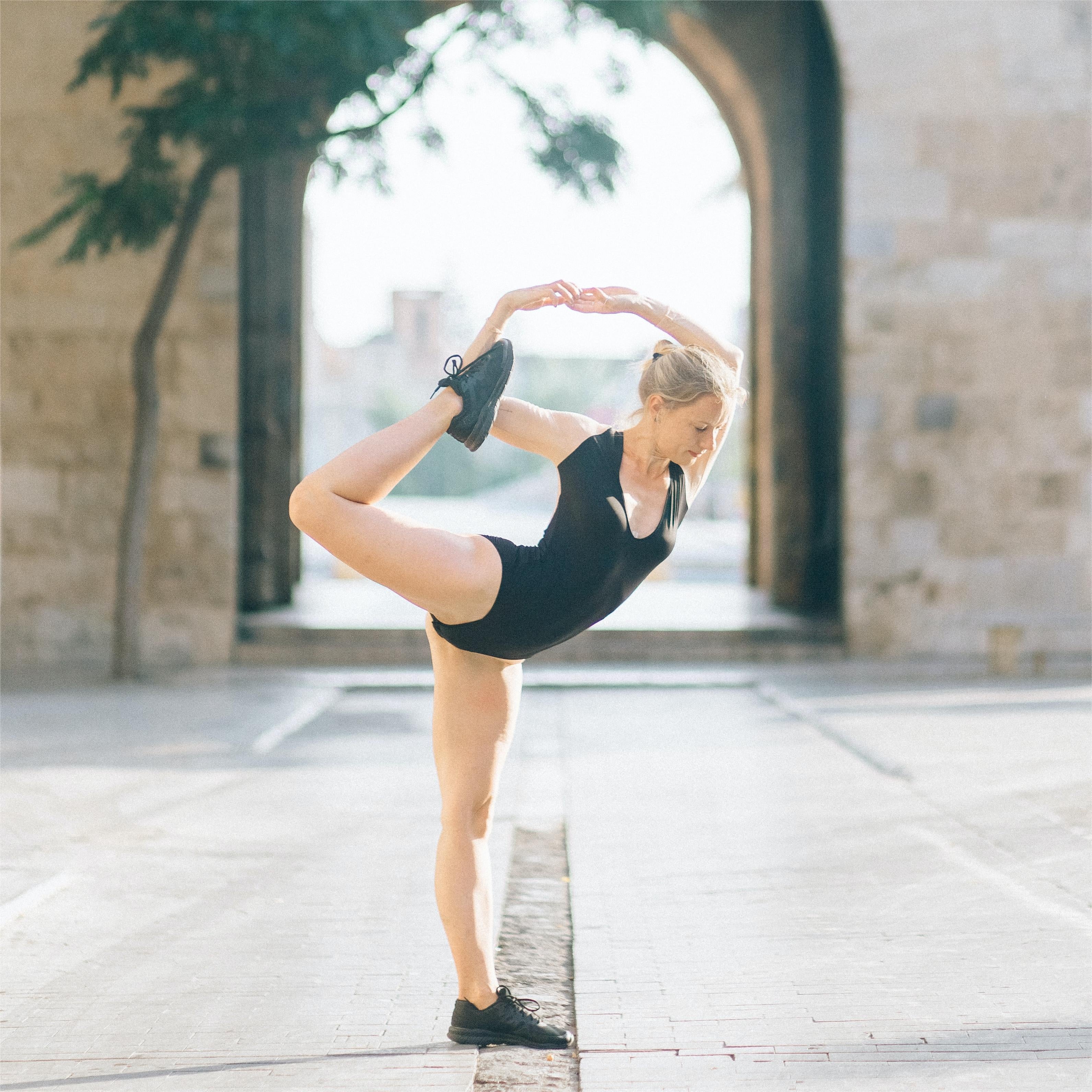There have been multiple variations on the leotard design; some are made from elastic and others with Lycra, nylon, or wool. In addition to being used for sports and physical activities, leotards can also be used in dance wear or fashion design. There are also many everyday uses such as underwear or lingerie where they provide shape without feeling constrictive. If you are planning to buy a new leotard, here are different types you can get in the market.
Different Types of Leotard
1. Full One Piece Leotard
The full one-piece leotard covers the entire torso, including the crotch and both shoulders. These are incredibly tight-fitting and can be worn without anything underneath. They are designed with elastic, so they fit snugly and do not lose form throughout an activity. Some have a built-in bra to provide additional support for women, whilst others rely on support from a sports bra or regular bra underneath the leotard. The front panel is usually slightly elongated and tapered at the front giving extra coverage in the chest area and preventing it from riding up too far during an activity such as ballet or gymnastics.
2. Short sleeve leotard
As the name suggests, this type of leotard is sleeveless. The upper part of the torso is covered by a top that can be sleeveless or long-sleeved. The crotch is also covered by an attached skirt or shorts in the case of young girls. These are great for physical activities such as dance and gymnastics. They are also worn as performance clothing in competitive ballroom dancing events, including Latin and standard categories, as well as couple routines such as waltz or jive.
3. Long sleeve leotard
The long sleeve leotard extends to about mid-forearm length and covers the entire trunk of your torso. Some of these can be worn without a top and are worn with leggings underneath for extra warmth. These are ideal for gymnastics and dance as they provide good coverage without restricting movement too much. They can also be paired with tights for dancers who like to wear ballet skirts or as a second skin for gymnasts.
4. Halter Leotard
A halter leotard is designed to cover the torso and crotch area but also has a built-in bra, that fits around the neck. This makes them slightly easier to put on than other leotards, but they can get uncomfortable if you have sensitive skin. They are best worn with a regular bra underneath as the built-in bra can sometimes be too constricting or irritating, especially during long wear. You should also wear a sports bra underneath to avoid uncomfortable breast movement during an activity such as dance or gymnastics.
5. Tank Leotards
Tank leotards are similar to strapless leotards in that they do not have a strap at the top of the shoulders. They usually have a built-in bra and leg coverage but do not cover the crotch area, so they can be worn with underwear underneath. They are designed with Lycra or elastic around the neck and waist for support, with the rest being made from nylon or wool. Although they are incredibly comfortable to wear, they can get hot and sweaty if worn without undies underneath during exercises such as dance or gymnastics. You should also wear a sports bra underneath to avoid uncomfortable breast movement during an activity such as dance or gymnastics.
6. Camisole leotard
Camisole leotards cover the torso and crotch area and have a built-in bra with straps at the shoulders. They are designed with Lycra or elastic around the neck for support and a waistband for added control. Although they are comfortable to wear, they can get hot and sweaty if worn without undies underneath during exercises such as dance or gymnastics. You should also wear a sports bra underneath to avoid uncomfortable breast movement during an activity such as dance or gymnastics.
7. Cap sleeve leotard
A cap sleeve leotard has a band across the chest area but no sleeves. They are designed with an elastic band at the top of the shoulder with Lycra or nylon across the chest, and binding around the neck. They are comfortable to wear but may be slightly hot during an activity such as dance or gymnastics as they do not cover the shoulders.
Conclusion
Leotards are a popular option for many people involved in dance, gymnastics, and sports in general. They come in many different styles and colors and can also be used for everyday wear. When choosing a leotard, it is essential to consider what activity you will be performing in it and how long you will be wearing it because this can affect your choice of material and width.

